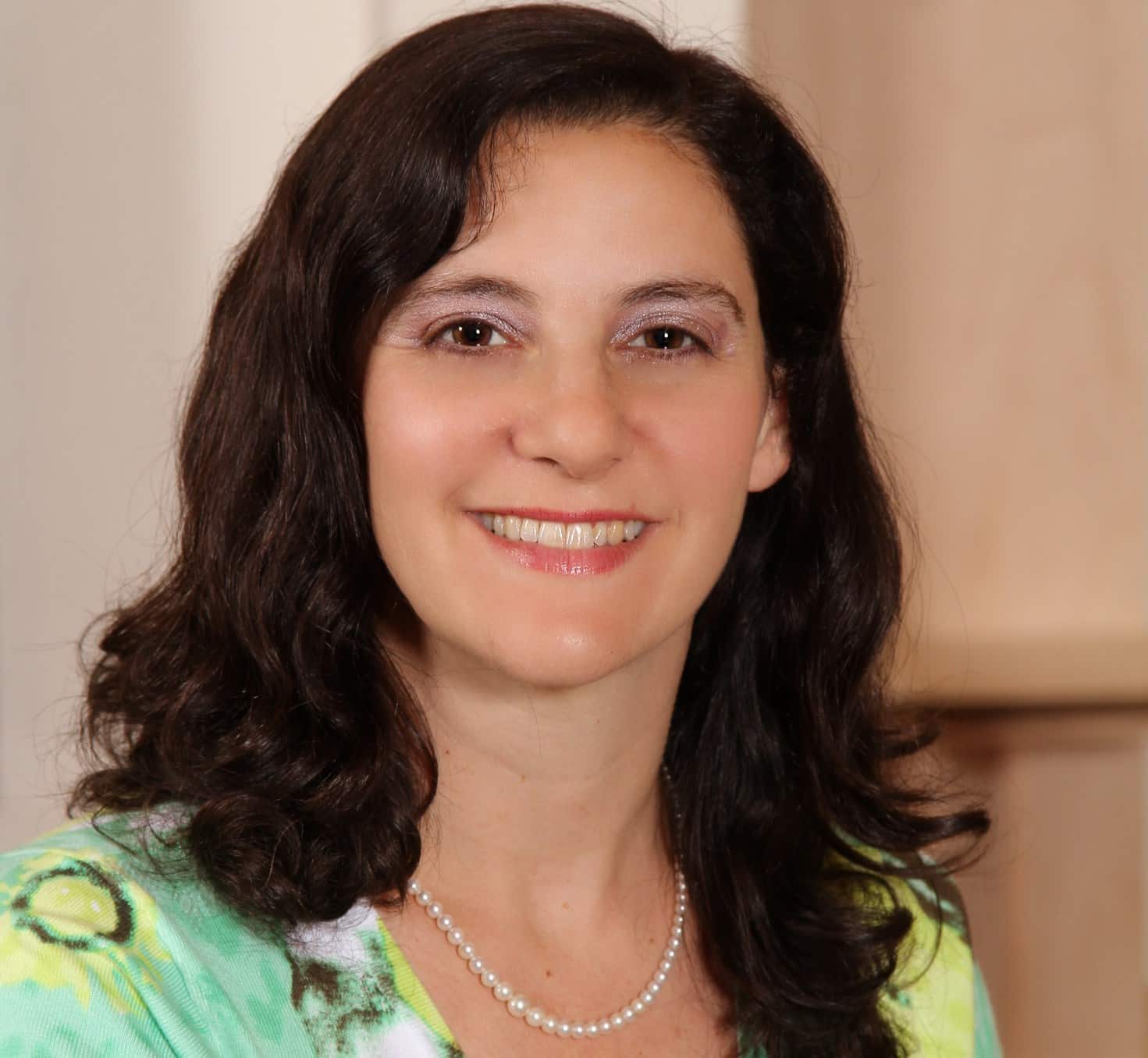Last week, I went to a dance class which differed from any I had previously taken. The dance itself was similar to what I had done in countless dance classes over the years. What was unusual to me was the setting. Rather than being held in a dance studio, the class took place in the living room of an orthodox family. The living room was emptied of all furniture to make space for the class. The sidewall of the room was wall-to-wall bookshelves filled entirely with sefarim, sacred books – the Torah, biblical commentaries, law codes, and books of musar (ethics). On the central wall, the only decoration was a large picture of Rabbi Menachem Mendel Schneerson, the Lubavicher Rebbe, many of whose followers believe to have been the messiah.
The ladies at the class were warm and welcoming. The instructor was fantastic. However, I must admit that I felt a little funny doing butt lifts and shaking my hips with the picture of the rabbi with his long white beard and black hat, staring down at me. I was struck by the contrast between the men on the walls and the women filling the room with movement. I wondered what all the rabbis whose words filled the sacred texts on the wall would think of our gyrations.
This week’s Torah portion, in the book of Exodus – recounts the cataclysmic shift from slavery toward liberation. I felt connected to the Torah portion because like the Israelites, I began to feel freer than I have felt in a long time. With some professional projects behind me and the kids in school, I have a little time to myself – more than I’ve had for years. I thought this freedom would feel fantastic, but mostly it feels peculiar. I feel a little antsy from the absence of the stress to which I’m accustomed – as odd as that may sound.
My first response to this freedom was to seek out movement. At risk of sounding like a cliché, my resolution for the secular New Year was to get in shape. After years of a sedentary lifestyle, I’m eager to fix into my schedule set times for exercise. I’ve been going to the gym for a while but I feel that a fixed class time would help me become more consistent about a healthier lifestyle. In discussing Jewish prayer and Torah study, the rabbis set forth twin concepts of kevah (routine) and kavannah (intention). They discuss how routine in study and prayer is essential to convert plan into action. The same paradigm can be applied to exercise. I need a bit more kevah (routine) to go with my kavannah (good intentions).
For me, exercise has become a religious practice of sorts – a way of caring for my body, as a gift from God. Yet, this dance class had an additional dimension. After marching with Dr. Martin Luther King, Jr. from Selma to Montgomery in 1965, Rabbi Abraham Joshua Heschel said, “I felt my feet were praying.” I would describe this class in the same way. Although at first, I felt funny about dancing with the sefarim beside me, I soon came to feel that the rabbis in the books understood. After all, what was the first thing that the Israelites did to celebrate their freedom after crossing the Red Sea? Miriam the prophetess took a tambourine in her hand; and all the women went out after her with tambourines, dancing.
Reflecting on MLK’s birthday, I came to feel that the rabbis and biblical heroes whose stories lined the walls were somehow dancing along with us in spirit – swirling through the room with us across time and space, celebrating freedom by singing as Miriam did, “Sing to the Lord, for God has triumphed gloriously.” Together, our feet were praying!























 More news and opinions than at a Shabbat dinner, right in your inbox.
More news and opinions than at a Shabbat dinner, right in your inbox.